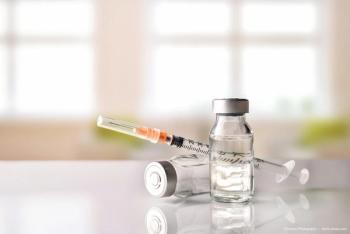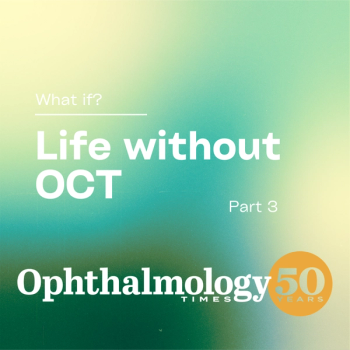
Editor’s blog: The feeding frenzy of science known as the Poster Sessions
One of the most unique aspects of the Association for Research in Vision and Ophthalmology (ARVO) meeting that ophthalmic clinicians won't find at any other meeting-including the American Academy of Ophthalmology (AAO) and American Society of Refractive and Cataract Surgery (ASCRS) meetings-is the poster sessions.
As part of Ophthalmology Times’ coverage of the Association for Research in Vision and Ophthalmology meeting, Editor-in-Chief Mark L. Dlugoss will post blogs with his observations of the meeting.
For live coverage of ARVO, follow
By Mark L. Dlugoss
Seattle-One of the most unique aspects of the Association for Research in Vision and Ophthalmology (ARVO) meeting that ophthalmic clinicians won't find at any other meeting-including the American Academy of Ophthalmology (AAO) and American Society of Refractive and Cataract Surgery (ASCRS) meetings-is the poster sessions.
What goes on for 5 days at the ARVO meeting is a feeding frenzy of science that just continuously evolves throughout the day, every day. Poster sessions, containing roughly 350 posters per session, are displayed for viewing for about 2 or 2 1/2 hours, then changed out for another 350-plus posters. There are three poster sessions a day.
The posters at this year's meeting are located in areas intertwined around the exhibit hall, making it easier for poster enthusiasts to interact within the convention center. These areas are basically "poster pits" filled with vision science.
What makes these sessions interesting is how well attended they are by researchers, clinicians, and industry. There is so much information presented from these poster sessions, that an attendee can literally spend his/her whole day viewing the data without attending either the paper presentations or the exhibit hall.
The data that hangs from mobile chalkboards covers a wide range of vision and vision problems, from molecular and cell biology to complicated ophthalmic science to phase III studies. Whatever one's interest is in vision research, it can be found within the aisles dedicated to the poster sessions.
To get an idea of how well posters are received at this meeting, a particular poster can attract so much interest that at times it is almost impossible to walk through a particular aisle. This scenario happens more often than not, and that interest festers throughout the whole session, aisle after aisle.
Ophthalmology Times has been inside these "poster pits" for the past couple of days, taking in the science. The editors have stumble across some interesting topics. To give readers an idea of how interesting and diverse the science is presented in the poster areas, here is one paper that drew the editors' attention. It was not hard science that one would see in other papers, but this paper answers a question in regard to eye donation.
The poster, entitled "Can Meaningful Pharmacological Dilation of Pupils Occur After Death?," was presented by Jeffrey Golen et al. from the University of South Florida and colleagues from the Lions Eye Institute for Transplant and Research (LEITR) in Tampa, FL.
Golen's poster explores the effectiveness of topical mydriatic agents on pupil dilation on human eyes, which are obtained postmortem. Since LEITR deals with eye donation, their transplantation, and associated research, this poster provided some interesting conclusions.
Without getting into the details of the study, the poster found that effective pupillary dilation could be achieved up to 19 hours after death, and the pupil dilation was measured up to 2.9 mm.
The poster concluded that pharmacological pupil dilation is possible after death in eyes "harvested" through eye banks. They added that "knowledge of this phenomenon and its characteristics is useful in screening donated eyes postmortem."
While most clinicians may or may not ever find this poster important in regard to their patients (unless a patient has designated his or her eyes for organ donation following death), it demonstrates how important the poster sessions at ARVO can deliver on different and unusual science and clinical information.
For more articles in this issue of Ophthalmology Times Conference Brief,
Newsletter
Don’t miss out—get Ophthalmology Times updates on the latest clinical advancements and expert interviews, straight to your inbox.



















































.png)


